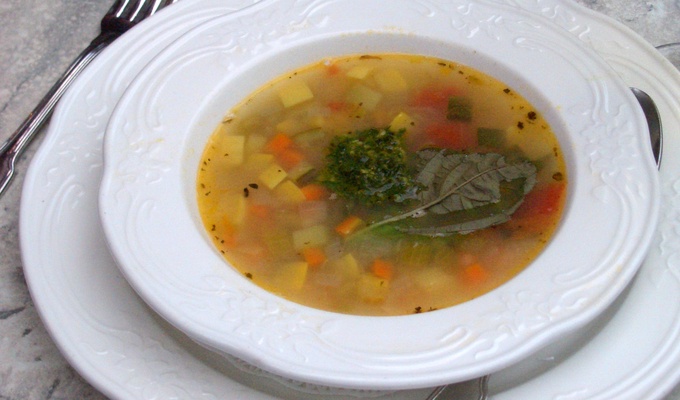Yeast extracts consist of the cell contents of yeast without the cell walls; they are used as food additives or flavorings, or as nutrients for bacterial culture media. They are often used to create savory flavors and umami taste sensations, and can be found in a large variety of packaged food, including frozen meals, crackers, snack foods, gravy, stock and more. They are rich in B vitamins . Yeast extracts and fermented foods contain glutamic acid, an amino acid which adds an umami flavor. Glutamic acid is found in meat, cheese, fungi, and vegetables—such as broccoli, and tomatoes.
The heat-autolytic process to make yeast extract of the autolysate type was invented in the 19th century by Justus von Liebig. Yeast cells are heated until they rupture, then the cells' own digestive enzymes break their proteins down into simpler compounds (amino acids and peptides), a process called autolysis. The insoluble cell walls are then separated by centrifuge, filtered, and usually spray-dried. This is the process used for Vegemite, Marmite, and the like.
Yeast extracts in liquid form can be dried to a light paste or a dry powder. This is not the same as nutritional yeast, which are made from intact cells not directly hydrolyzed and consequently have a lighter flavor.
